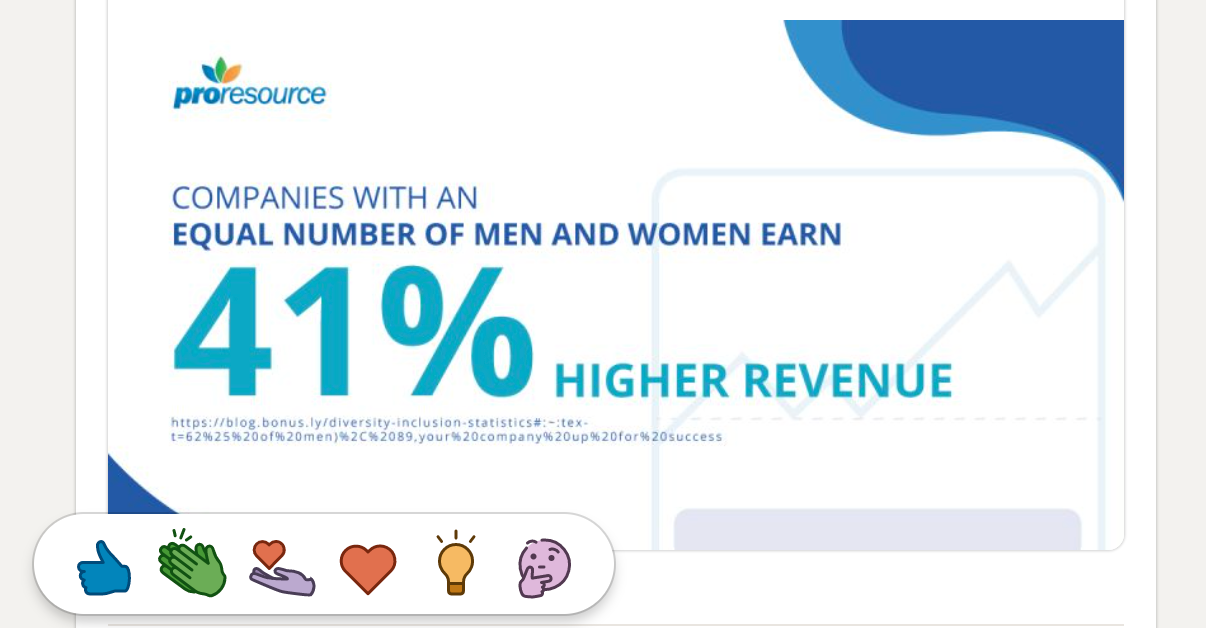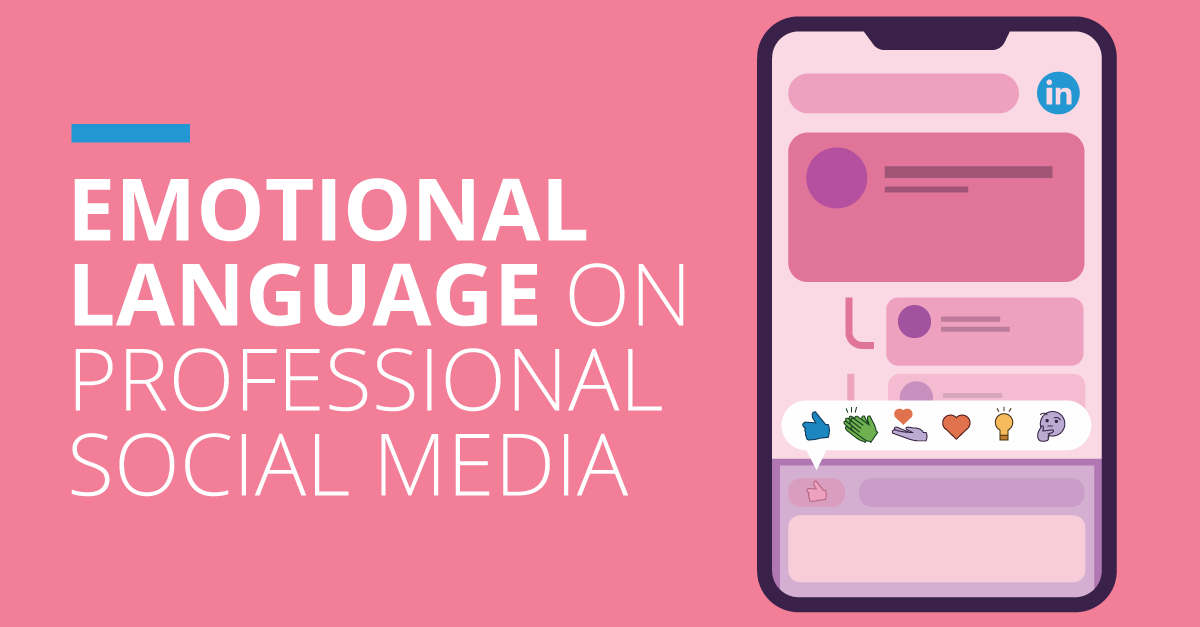LOL, can u believe we’re chatting about this on LinkedIn? It’s so fun! Don’t you just LOVE this topic? It’s real. 🤣🤣🤣
OK, enough with cute talk. In all seriousness, is there a place for emotion on your professional social media presence? When you send a text, or post on your personal accounts, an emoji or texting abbreviation helps you add color to your communication.
Evocative language is provocative language, designed to elicit a response. But as we draw lines between our personal and professional personas, consider if emotion on your professional outlets could be perceived as a negative. When at work online, should you ever wear your heart on your sleeve?
Gender Bias?
As a female, I feel the immediate need to address the stereotype that women are more emotional than men, even in the workplace. And let’s not forget the preconceived notion that follows: the perception that vulnerability is a hindrance, instead of an asset.
I can’t pretend to represent all women in business, but I know the fear of seeming too emotional is real. I often edit my professional work product to remove explicit feelings. In my emails, I naturally say “love,” as in “I’d love to talk to you,” “I loved that presentation,” or, “I’d love your feedback.”
But often I re-read what I wrote and edit it down to “like” or “appreciate.” I feel like my natural level of enthusiasm needs to be dialed back for the ultra-logical tech executives we work with at ProResource.
A Place for Passion
“I am passionate about…” used to be the prompt for the About section on the LinkedIn profile. I think that’s one reason there are quite a few executives who don’t use that section. They aren’t comfortable talking about passion, even though the section is actually free-form, and you can enter whatever you want. Plus it’s a great way to tell people who you are and help them understand you better.
Have you clicked the heart on a Facebook post, only to go back and change it to a milder thumbs up? I have, especially when I’m reacting to client posts or posts from people I don’t know well.
When a Single Feeling Just Isn’t Enough
Here’s a different scenario for you. Have you ever refrained from reacting to a Twitter post because the easiest way to respond is to click the heart button? You might like a tweet, or agree with the message, but is a “heart” an accurate representation of how you feel? Do you really LOVE the post? Often, the canned options for responding to social media posts are too simple.
At the same time, even LinkedIn expanded its options for reacting to posts: you can like, celebrate, support, love, or mark a post as insightful or curious.

I’d click on the lightbulb or purple face here rather than the heart.
How to Gauge Your Emotional Presence
An apt adage reminds us, never say anything you wouldn’t want published on the front page of The New York Times. That idea holds true with professional social media channels, too. Our practical advice: avoid material, and language, you wouldn’t use in your corporate boardroom. You can still have fun, express strong opinions, and make declarative statements. Yet, tailor your tone to your professional climate.
If you’re tempted to use it in the break room, but not the boardroom, hit delete. When in doubt, turn to trusted sources for their opinions on posts you’re unsure about. If you’re still uncertain, sit on your post. With time to think, you might reconsider an emotional, social post. Or, if after a breather, your feelings stay the same, that’s how you know to move forward with a more personal statement.
Emojis 👍😀👏
No, no, no.
Never.
Or hardly ever.
Please.
Be Authentic
Bottom line, you need to be who you are. Part of the purpose of social media is to help people see who you are, so you can attract the people who want to work with and for someone just like you. If you are buttoned-down, your profile should reflect that. If you are passionate, let that show, too. Being authentic is an essential part of your personal brand. Let your colors (and if you’re so inclined, emojis) fly!

